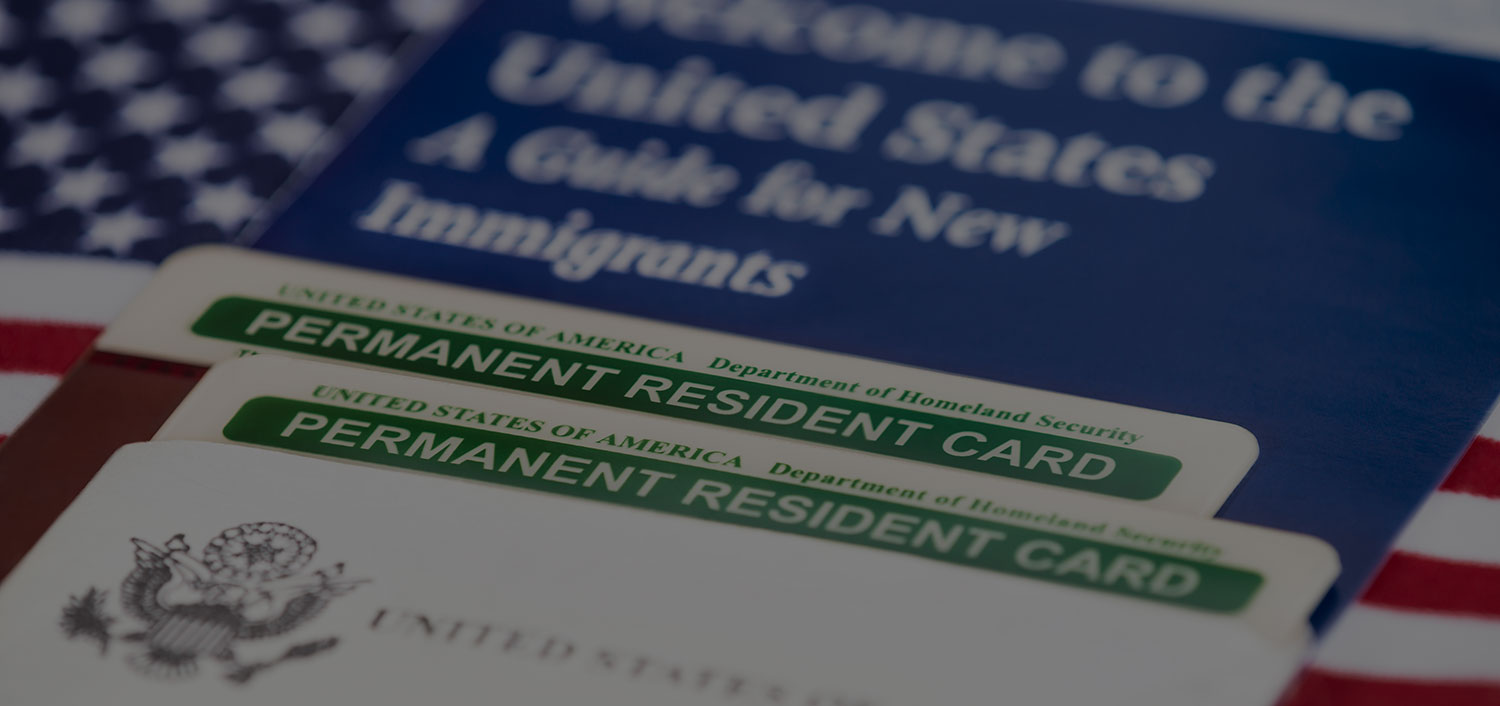Who is Eligible?
Can I Travel Outside the United States?
What is the V Visa?
The Legal Immigration Family Equity Act and its amendments (LIFE Act) established a new nonimmigrant category (V) within the immigration law that allows the spouse or child of a U.S. Lawful Permanent Resident to live and work in the United States in a nonimmigrant category. The spouse or child can remain in the United States while they wait until they are able to apply for lawful permanent residence status (Adjusting Status), or for an immigrant visa, instead of having to wait outside the United States as the law previously required.
A person may apply at a U.S. consulate abroad for a V-1 or V-2 visa or seek V-1 or V-2 nonimmigrant status while in the United States, if that person:
- is lawfully married to a Lawful Permanent Resident of the United States (V-1), or is the unmarried child (under the age of 21) of a Lawful Permanent Resident (V-2); and is the principal beneficiary of a relative petition (Form I-130) that was filed by the Lawful Permanent Resident spouse/parent on or before December 21, 2000; and has been waiting at least 3 years since the petition was filed for status as a Lawful Permanent Resident because the petition is still pending, or has been approved but: an immigrant visa is not yet available; or,
- there is a pending application to adjust status or application for an immigrant visa.
The derivative child of a V-1 or V-2 nonimmigrant is eligible for a V-3 visa or for V-3 status.
Can I Travel Outside the United States?
If you obtain a V nonimmigrant visa from a consular office abroad, you may
be inspected and admitted to the United States in V nonimmigrant status after
traveling abroad as long as you continue to possess a valid, unexpired V visa
and remain eligible for V nonimmigrant status.
When you are granted V nonimmigrant status in the United States by the INS,
you will need to obtain a V visa from a consular office abroad in order to
be inspected and admitted to the United States as a V nonimmigrant after traveling
abroad. (You will not need to apply for a V visa abroad in order to be admitted
if you have traveled to contiguous territories or adjacent islands, have another
(different category) valid visa, and are eligible for automatic revalidation.)
Procedures for obtaining a V nonimmigrant visa abroad are found in the Department
of State regulations at 22 CFR 41.86 (66 FR 19390, April 16, 2001). In addition,
you must remain eligible for admission in V nonimmigrant status.
A V nonimmigrant with a pending Form I-485, Application to Register Permanent
Residence or Adjust Status, does not need to obtain advance parole prior to
traveling abroad. This means that an alien in V nonimmigrant status may be
readmitted as a nonimmigrant despite the fact that he or she is an intending
immigrant with a filed application for adjustment of status or an immigrant
visa. The departure of a V nonimmigrants with a, pending applications for adjustment
of status is not considered to have abandoned the adjustment application upon
departure.
Important Note: If you have accrued more than 180 days of unlawful presence
in the United States (or 365 days), then travel abroad and are admitted or
readmitted as a V nonimmigrant, you have triggered a 3- or 10-year bar to admission.
The law exempts V nonimmigrants from the 3- (or 10-) year bar for purposes
of admission to the United States as a V nonimmigrant but does not exempt them
from the bar when they later apply for an immigrant visa or for adjustment
to LPR status. That means that although you will be admitted or readmitted
to the United States in V status, you may be unable to adjust status to LPR
unless an individual waiver for that ground of inadmissibility is granted.
To the extent that you may be eligible, you may apply for the waivers found
at section 212(g), (h), (i), and (a)(9)(B)(v) of the Act.
